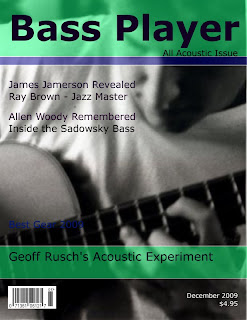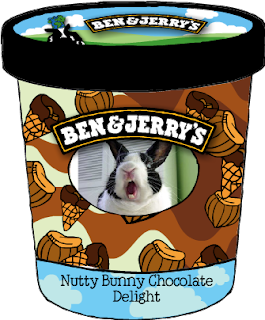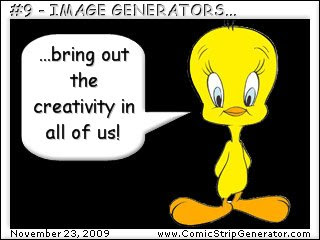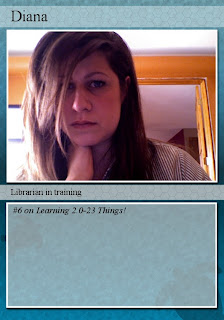Library 2.0 is a movement within the library community to adapt to emerging technologies in regard to library services to internal and external communities. One of the biggest debates regarding Library 2.0 is that one side is saying that libraries – and librarians – have always been collaborative, innovative and attuned to customer service; the other side argues that libraries must adapt not only to new technologies, but consistently create virtual and physical spaces that allow for easily access and flow of information, and contribute to building ideas, knowledge bases and learning communities.
Nearly every library has integrated 2.0 technologies. Whether it is a self-checkout machine, home access to online databases, or a computerized catalog, most libraries are providing services through technology that are both useful and beneficial to patrons. But even the aforementioned examples are commonplace in library technology today.
Continuously providing advanced technology will depend on both the libraries’ resources (staff and financial), and the needs of its patrons. According to Rick Anderson, Director of Resource Acquisition at the University of Nevada's Reno Libraries, in his “Away From the Icebergs” article listed in the required reading, educating patrons on how to use all of this technology is an important factor to consider, and I agree. A huge learning gap exists in the area of technology for my library’s patrons. We’re located next to a high school and that means a whole population of teens who know a lot about the technology available. But we cannot forget about our older patrons who still ask for help in placing a hold. I believe that an important issue in adding new technology is knowing how to promote new tools, software, etc., and how to help and teach patrons to use them.
In his article, “Into A New World of Librarianship,” librarian and blogger, Michael Stephens writes that the technology libraries choose must be relevant for user’s needs. At my practicum, the library actually removed the digital downloadable books because they were never used. In other words, don’t introduce new technology just because it is the hot thing. New technology should have a purpose.
According to Dr. Wendy Schultz in her article “To A Temporary Place in Time,” Library 2.0 is just the beginning. She identifies two future trends of libraries: Library 3.0—Web 3D to Library 3D and Library 4.0, the neo-library: Experience. In her descriptions of libraries in the future, she uses words such as “idea labs,” “retreat space,” and “sanctuary.” Libraries will undoubtedly continue to evolve in all of their facets: physical space, digital resources, new technology, and patron services, just to name a few.
(The inner workings of libraries also will change: from tagging abilities within catalogs, open access to a wider range of information through collaboration, etc. I don’t want to go on too long, here.)
Regardless of your opinion on the 2.0 debate, it is agreed upon by both sides that librarians must keep up with the constant challenge of bringing in new technology tools for patrons. This in itself is collaborative: between peers and colleagues to identify needs and resources, and with patrons who want to use more effective tools to obtain their informational needs.
Beginning with the thinking and planning stages all the way through implementation and education, the whole process of technology and libraries is innovative. Upgrading services to a 2.0 level insists that librarians be creative and innovative in their work on a daily basis.
Finally, customer service will still be a priority in libraries. Whether a librarian is instant messaging a patron for a reference question, presenting educational workshops on technology, or maintaining a blog, great customer service is still applicable.
Yes, libraries are changing. Every day. But for me, the distinction is simple: It is not that libraries are changing what they do, rather that they are changing how they do it.




